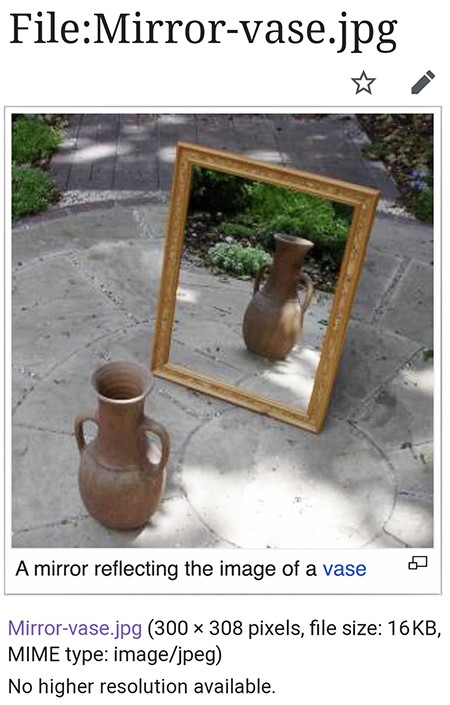Style
Jeremy Laing
Mirror-vase.jpg
---
9 September to 14 October 2023
How to get rid of clothes moths?
Clean your closet, combine sunlight with vigorous brushing, heat-treat woollen items in an oven set to the lowest heat, freezing (but only if the change from warm to cold is abrupt) for at least 72 hours, hide the rest of your clothes in compression bags. In executing some of the solutions above, the garment is stripped of its function and tended to as an object that needs our intervention. Our attempt to fix the problem only adds to our conception that we hold control, but all things have a lifespan with and without us.
Instead of insisting these objects remain the same despite no longer being in the right context, Liz Magor strips the garments of their function with no predetermined ideas in hopes that the object reveals what is latent. Instead of passive objects that we act onto, they generate a different response; one that is aside from us, valorizing the history of the garment and its material presence.
Another common suggestion for getting rid of clothes moths is to discard any overly infested clothing items. This implies that they are no longer desirable when void of any “function”. The garments do not change from being garments; what changes are our subjective responses. Getting rid of something doesn’t close the cycle of being that is inevitable for all material things. The cycle never closes, it goes on and on.
A mirror reflecting the image of a vase.
An object sits in front of a mirror; “vase” is the word we know to describe, or translate, what we see reflected.
“Vase” names both the object and its image, but what the object is could perhaps best be understood by an experience of its materiality, and how it came to be.
A piece of clay, thrown on a wheel, shapeshifting, turned into a vessel through the concatenation of external constraint and expansive centrifugal force, holding, in its void, a content that is the shaping of itself.
Not what, but who, but how?
Philosopher-poet-potter-pedagogue M.C. Richards explored the relationship between poetry and the person through the metaphor of centering, drawn from the craftsmanship of pottery. Centering: active practice of non-dualism, a continual engagement with experience becoming the locus of fluidity.
“Our world personifies us, we know ourselves by it. Let us then speak to each other in our most intimate concern.” Let us speak to each other, not for each other. Let us translate our own experiences, utter our own names, tuned into the resonant vastness that a name can never bridge, let alone fill.
Mirror-vase.jpg consists of new and ongoing works by Jeremy Laing that consider the gallery a vessel – here a vessel for vessels – where, and through each, material and making processes serve as stand-ins for, and conduits to, experiences of personhood.
Personhood in transition and translation.
No higher resolution available.



